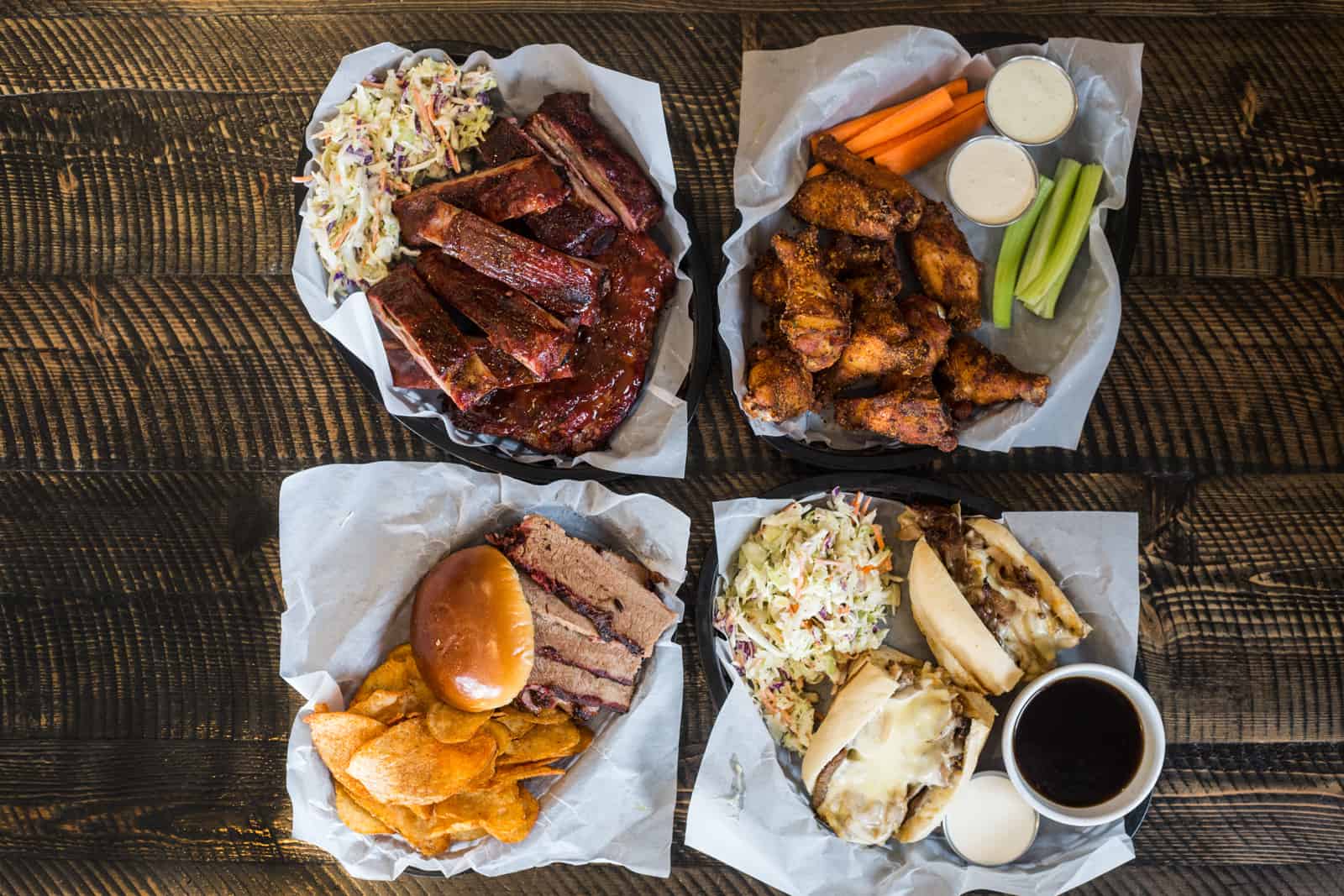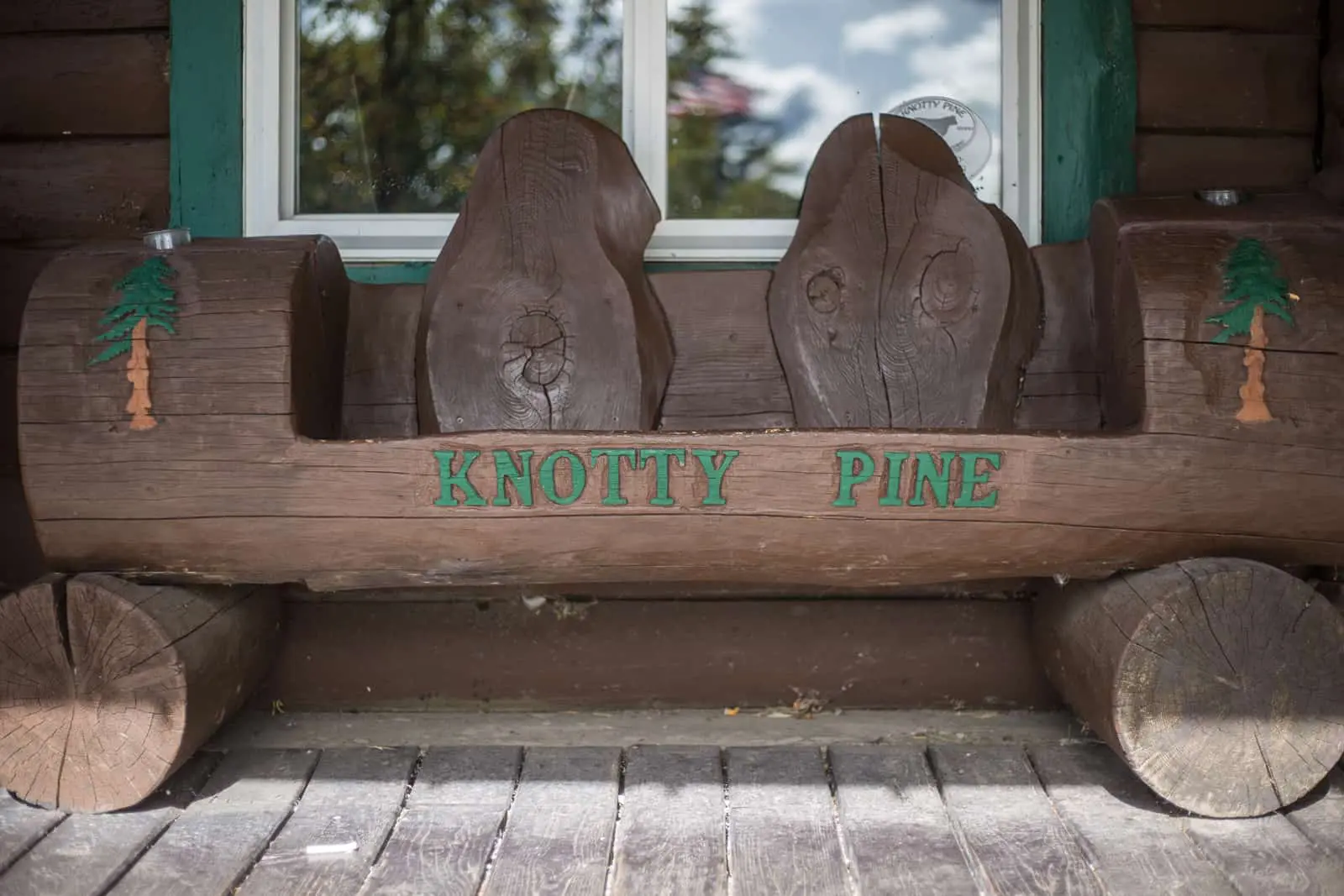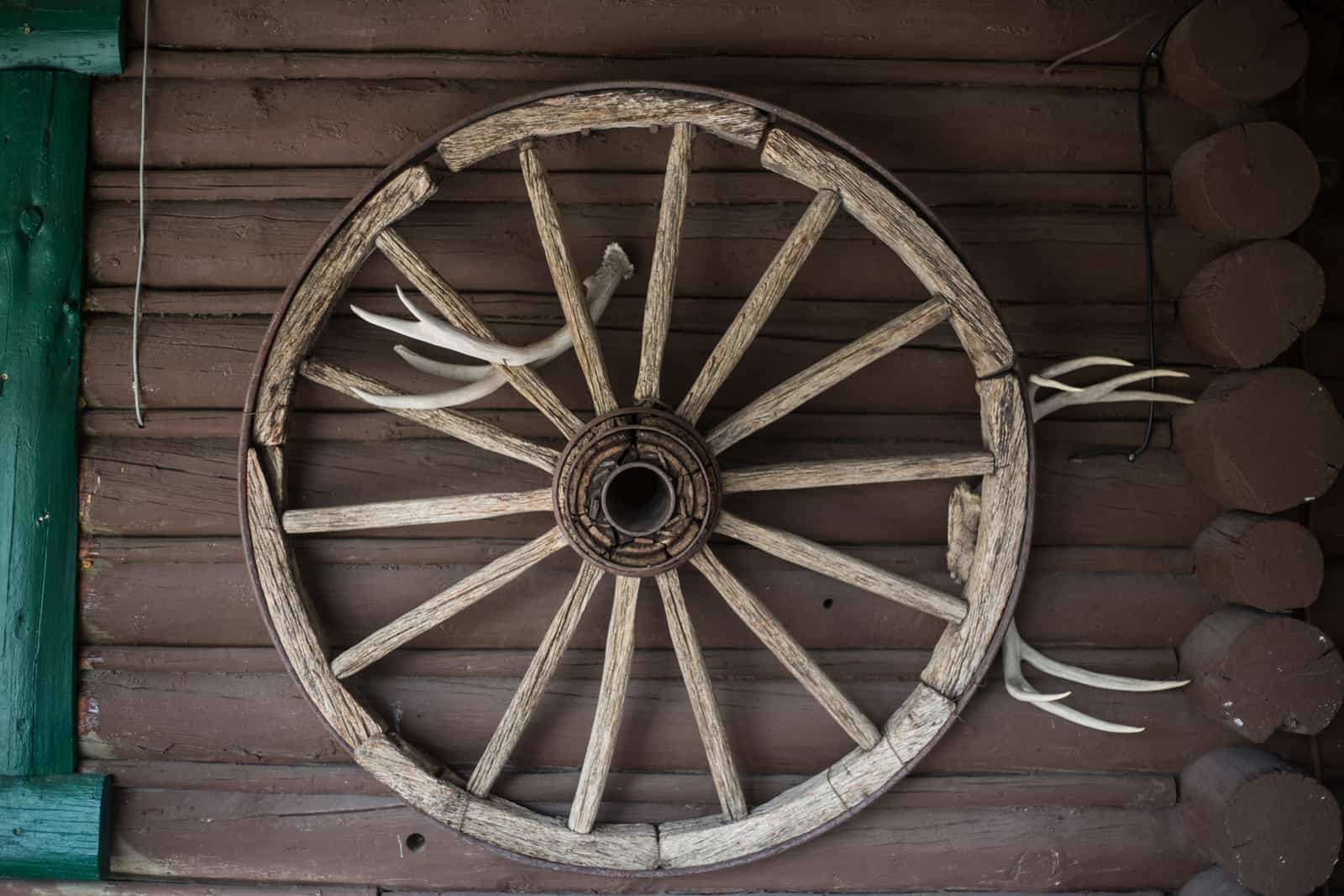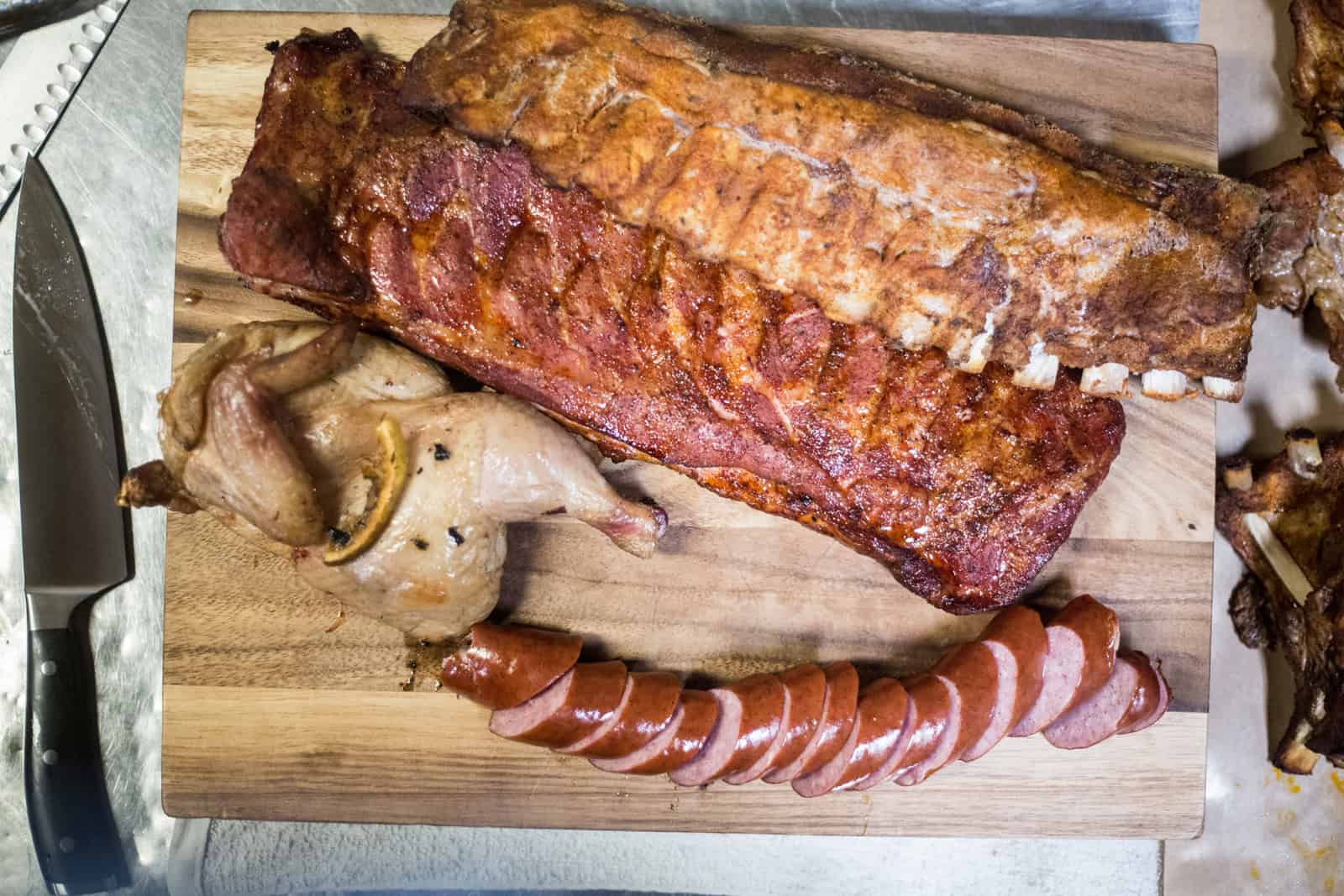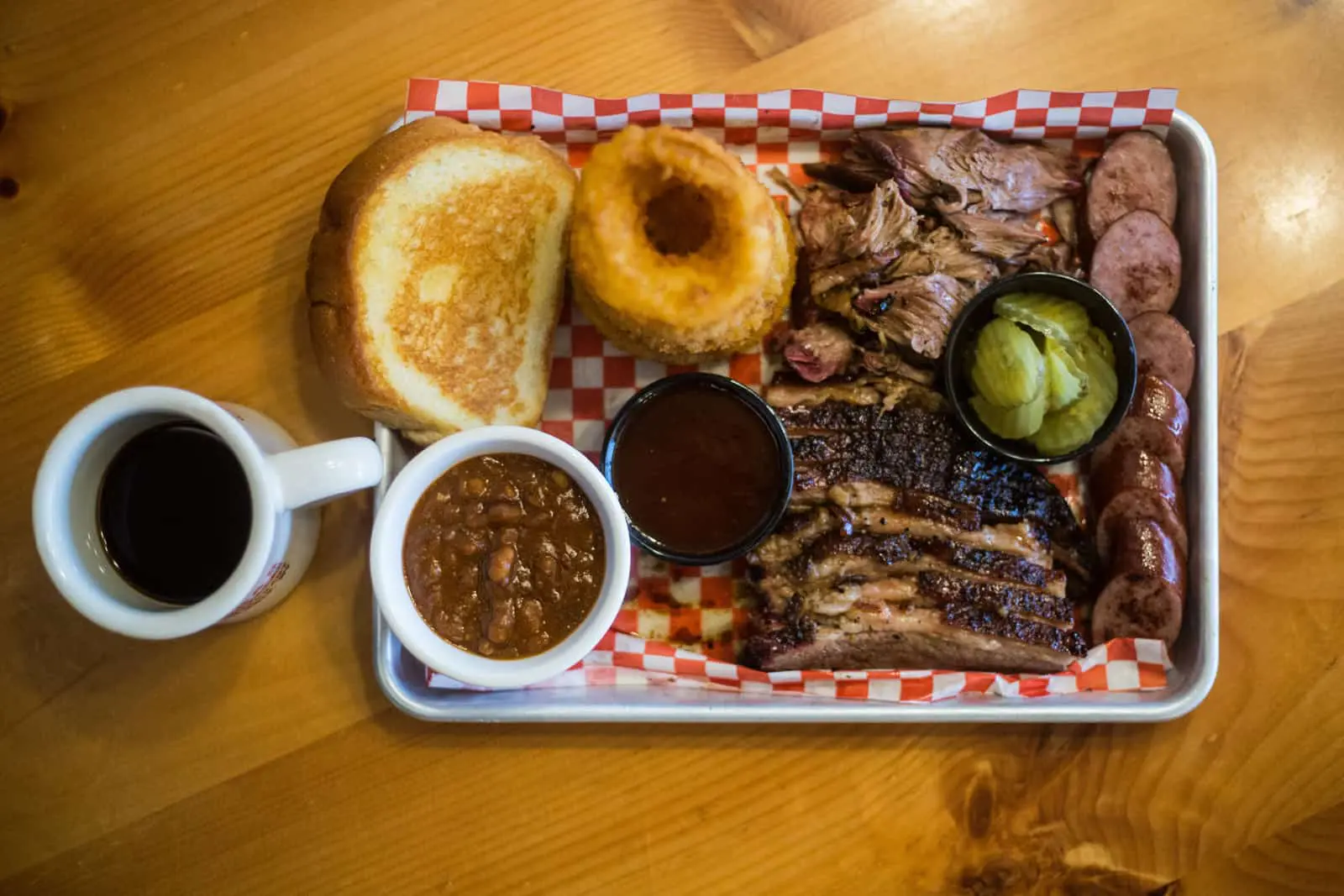By Christina Shepherd McGuire // Photography by Ryan Dorgan
—
The word “barbecue” makes me think of summer, Fourth of July, dirty hands and mouths, a full belly, and laughing with friends. It’s more of an experience than a meal, really, and that’s why the mere mention of smoked meat conjures up so much emotion in certain people. Eating barbecue is a nostalgic food ritual that brings back childhood memories, makes people gather together (boy, do we need that right now), and leaves you feeling satiated by the mere comfort of the food. However, real smoked barbecue meat is not something easily created at home, on-the-fly, without special equipment. The process takes time, patience, and an artistic flair developed from years, or even generations, of focused practice.
Three local families know what it takes to run an iconic barbecue joint, one that creates happiness for the masses. And while each one goes about it in a slightly different fashion—some recipes are decades old, while others are dictated by a more modern palate—the end result draws people in to create new memories in a celebration around food.
The Old School
One hundred years ago, the original Knotty Pine building in Victor, Idaho, (which now houses the bar and walk-in beer cooler) was a small eatery and filling station for those heading through Teton Valley on their way to Yellowstone. By 1957, the year the big pine tree was planted on the property, the space was used for lodging tourists, complete with ten cabins and RV hookups. Later, in the 60s, it became a locals’ bar-restaurant that was owned and operated by various people until the current owner, Brice Nelson, bought the business in 1996.
“It was May of 1996, I was 26 years old, and I didn’t know what the heck I was doing,” says Nelson. “[The restaurant] was something attractive for me to buy because it was a place to hang out, not somewhere you just stop in during your vacation.”
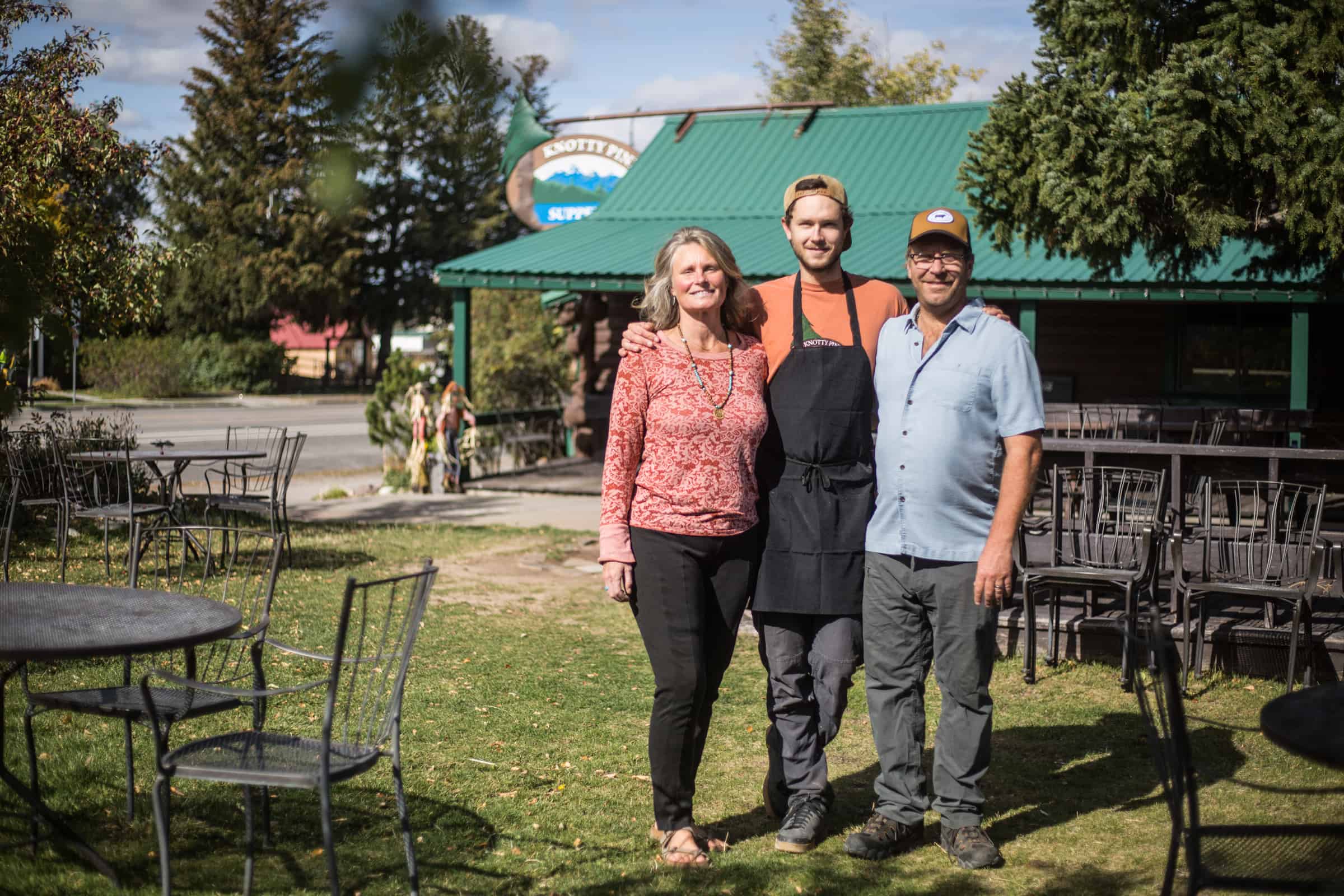
The transition wasn’t easy for Nelson back in the 90s, as the existing clientele who deemed him “a hippie” were rough-and-tumble and his new progressive vibe didn’t quite jive with them.
“People would get their ponytails cut off [at the bar]; you couldn’t walk in with Birkenstocks; a local guy named Jeff Ingram rode his horse into the bar on its twenty-first birthday, and another guy rode his Harley inside,” says Nelson.
The Knotty Pine served ribs when Nelson took over the restaurant, but the main menu wasn’t really about barbecue at all. So, he started with ribs and brisket, and then in 2006, after a full remodel, complete with the addition of a live music venue, Nelson, and his wife Whitni, finally had the capacity to create his vision of Kansas City-style barbecue—white Wonder Bread and all.
“The response was amazing! We were finally doing things the way I always wanted to,” says Nelson. “Still, we would make menu changes and people would literally flip me off. … The locals have a lot of passion for their favorite things at the Knotty Pine.”
Today, with their outdoor smoker and the couple’s son Eli at the helm of the kitchen, the Pine offers brisket, baby back ribs, pulled pork, sausage, pre-smoked wings, and whole chicken. They stay true to Kansas City-style barbecue by dry rubbing the meat and using only hickory in the smoker. Nelson claims it’s their attention to the little things that really makes a difference, like how long the rub sits on the meat and the way they use the wood.
“If it’s too smoky, the meat comes out bitter; if it’s not smoky enough, you don’t get the right flavor or color,” he explains. “Every little step has a nuance that’s important to the end result, and we are good at respecting the process.”
The Pine sources all their meat regionally from the Pacific Northwest, assuring the freshest quality. They visit the farmer’s market weekly to buy seasonal vegetables used in their specials. And their famous sides include a choice of French fries, onion rings, mac and cheese, baked beans, coleslaw, mashed potatoes, baked potato, and fresh vegetables.
Nelson admits that, above all, it’s the people at the Pine (like long-time bartender, Adam Towle) and the cultural impact the restaurant has made on the valley that keeps people coming back. It’s the use of local ingredients, the employment of local people (for decades, in some instances), and the cultivation of a live music scene that has made this restaurant a true institution.
“The music scene we created had an enormous impact on the type of people that moved to the valley and have stayed,” says Nelson, “We are really happy with the menu, the music, and the people who work for us. Right now, it’s the best it’s ever been.”
The Middle School
When Joe Rice and family (the Blue Collar Restaurant Group) bought Bubba’s Bar-B-Que in 2014, he personally took to reviving the original vision of restaurant founder Jim “Bubba” Shivler. In fact, years later, Shivler himself came in to thank Rice for his efforts.
“We only want to buy restaurants that are iconic and have been here a long time,” says Rice. “At the end of the day, we don’t want to see old buildings knocked over and restaurants going out of business. Instead, there is this preservation of Jackson that we want to uphold as a company.”
A shrewd business man, Rice and his wife Denise bought The Merry Piglets Mexican Grill in 1989, and owned and operated it for four years in its summer location before moving it in 1993 to its current Cache Street location. Then, in 1997 Rice opened local staple, Sidewinders, and just kept going. His entire family is now involved in the restaurant business, including his daughters, Nicole Davis (president), Brooke Rice, and Elly Woodfin and her husband Blaine.
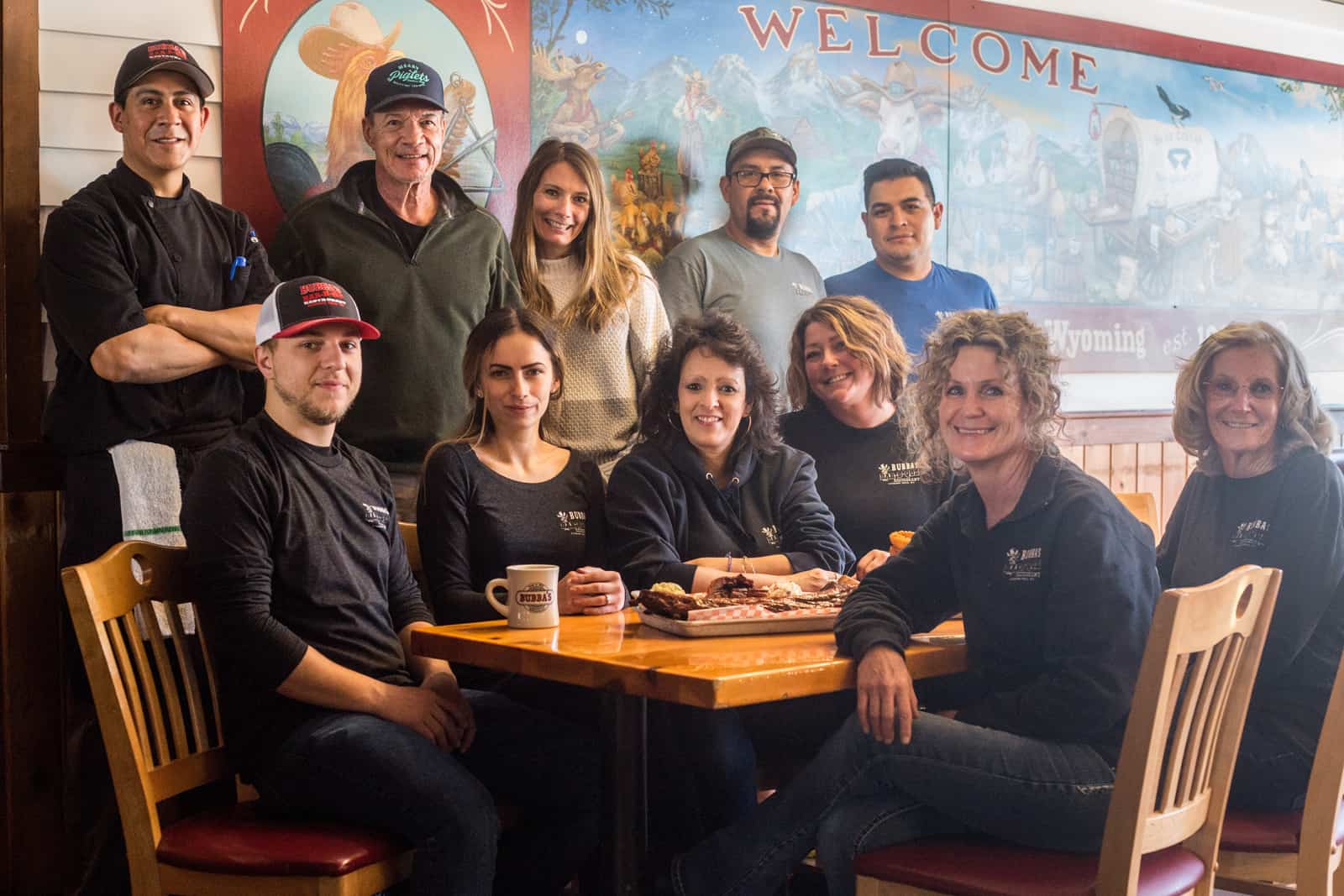
But, first things first. Rice brought in Larry Lavine, founder of the restaurant chain Chili’s, to get Bubba’s smoker program up to snuff. They primarily follow the Texas barbecue style of cooking, where the meat is dry rubbed before smoking and sauces are always served on the side (and sometimes not even needed, according to head chef and kitchen manager, Rodrigo Beristain). Rice’s team flew down to Dallas to meet with Lavine and dial in the process. He taught them how to make everything from brisket to St. Louis-style spare ribs (the meatier ribs cut from the belly of the hog).
“We have the biggest barbecue program in the area,” says Rice, referring to his giant walk-in smoker that resides out back. “We do Texas brisket, North Carolina pulled pork, St. Louis-style ribs and baby back ribs—usually, restaurants have one or the other—smoked turkeys, smoked chickens, and smoked salmon.”
Beristain thinks it’s the restaurant’s brisket and St. Louis-style ribs that set them apart from other local barbecue joints. They use apple wood—a mild and fruity wood that nicely complements pork—and their brisket is smoked at a low temperature of 250° Fahrenheit for twelve to fourteen hours. After nine hours of cooking, the brisket is wrapped in butcher paper to allow the meat to retain its juices, and then it rests for one hour after smoking. They repeat this process every day, so that the meat can be eaten fresh the same day.
“The tricky part is, you cannot rush it,” says Beristain. “It’s a slow process. And when we run out, then we’re out. Sometimes we run out [of brisket] early during summer days.”
Beristain schools me on the theory that rib meat should fall off the bone claiming that if it does, it has been cooked too long.
“Here, you won’t find the ribs falling off the bone. Our ribs are tender and juicy,” he says. “To have ‘ribs falling off the bone’ is cliché.”
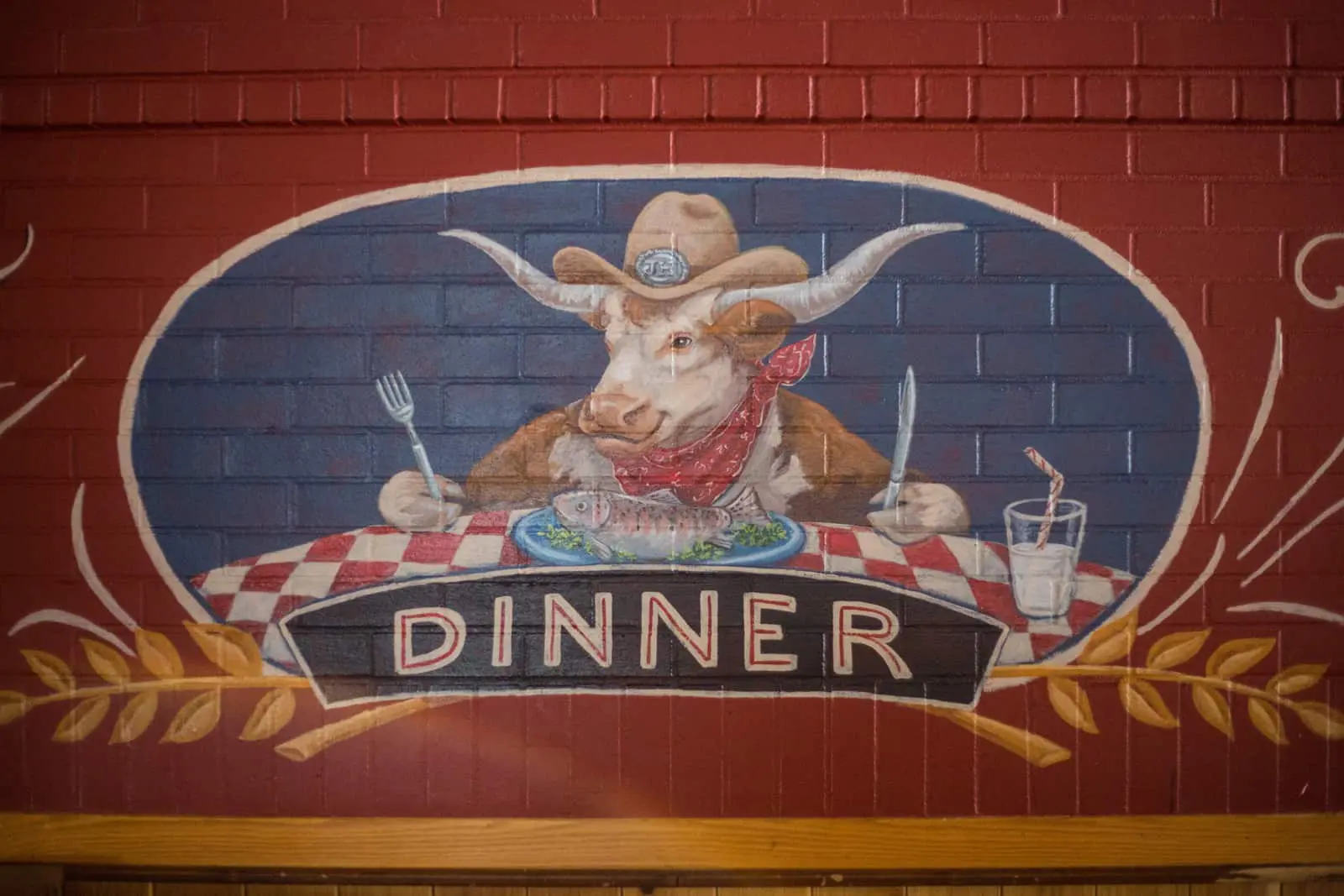
Rice equates Bubba’s success to the people they employ, including servers like Stacey, Sandy, and Brenda who have been with the restaurant a long time. It’s the great service, the devoted staff, and the fact that the Rice family takes care of their employees that makes the restaurant a special experience.
“We have a culture of inclusiveness,” says Rice. “We want our people to have a life. That’s why we’ve thrived, even throughout the pandemic.”
The New School
One day, Nick Jacob saw his buddy throwing away a bullet smoker. Jacob quickly recovered it, and then went home to his wife Lindsey with a big idea. The year was 2007.
They took that first smoker to Music On Main (back when the concerts were held in Driggs) and started slinging smoked meat to the hungry concertgoers. Soon after, Big Hole BBQ moved into the seasonal lunch shack in Grand Rental’s parking lot (currently, Captain Ron’s Smokehouse, previously, Chop’s Street Eats) before opening their first brick-and-mortar restaurant in Victor in 2012, right after the recession.

“Everyone was struggling then,” says Jacob. “We sunk every penny into making the building a usable space for a restaurant. Then, it went up for sale and we freaked out. We scrambled to make it a purchase.”
Today, the couple’s signature building—complete with a rooftop deck outfitted with their very first bullet smoker, now turned flower pot—welcomes locals and tourists alike for both lunch and dinner. But, it’s their local following that has contributed to their success and their eventual opening of a second restaurant on Pearl Street in Jackson in 2016.
“We’ve always had a Jackson following who has driven the Pass to come to eat lunch with us,” says Jacob. “It was an opportunity for us to grow. It was very nerve-wracking—we had one and four-year-old kids at the time—but it’s one of the best decisions we’ve made.”
Big Hole’s Jackson location pleases the high-rollers, too. In 2018, the restaurant was invited to cater Kanye West’s album release party at the Diamond Cross Ranch in Moran. Jacob explains that West is a regular customer of theirs and sometimes flies in jets just to pick up their food. But West is not the only loyal celebrity customer, something Jacob equates to the vibe of the place.
“We keep it mellow,” he says. “[Celebrities] come in and get their table, nobody bothers them, and then they leave. We love it and we’re proud of it, but we want people to live their lives and to have their privacy.”
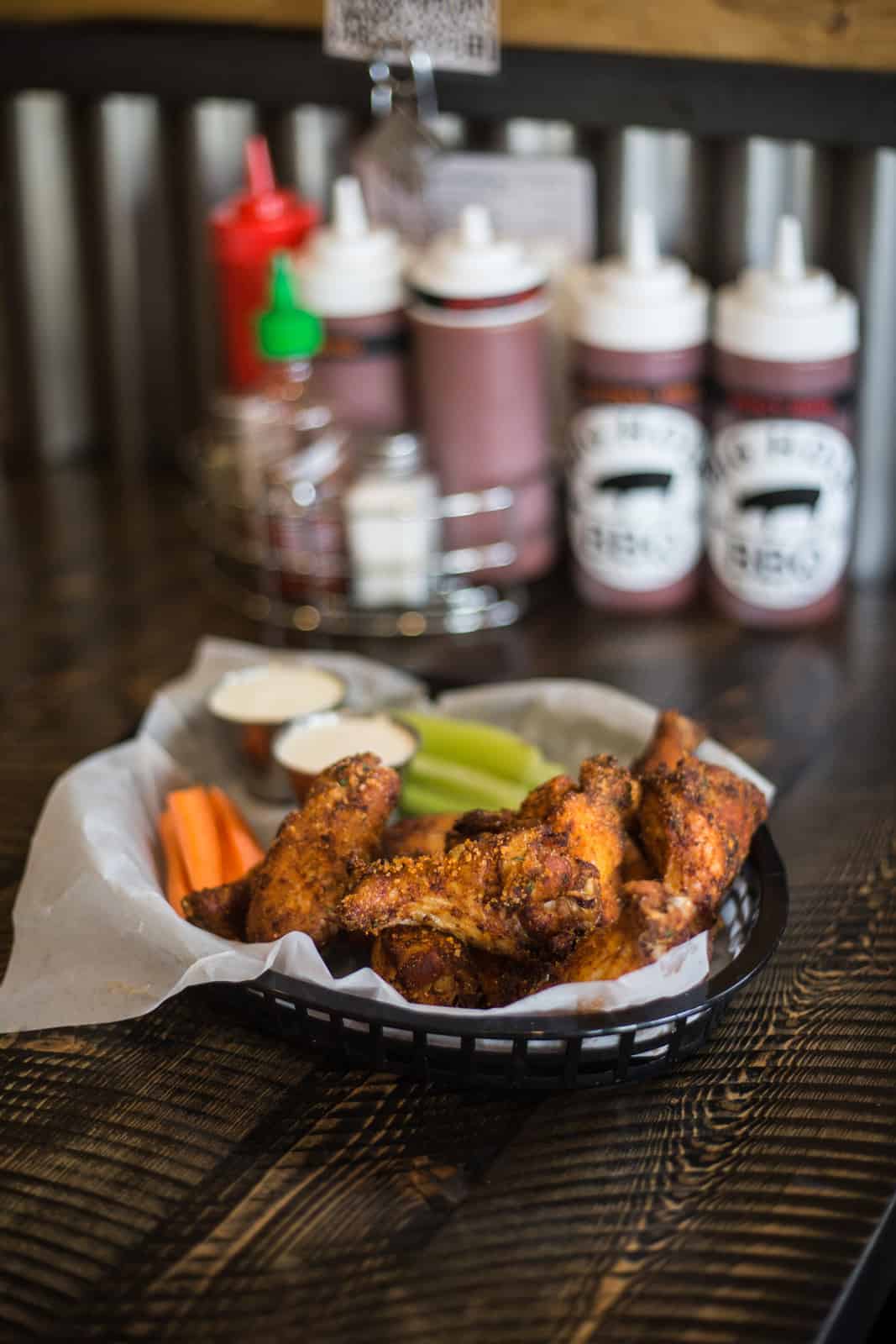
Meanwhile, back over in Victor, Jacob explains that all of their food is made in-house and all four of their sauces, which are served on the side, come from custom recipes that the couple developed, sometimes with bottles of ketchup and vinegar strewn about their home. They have two hickory wood smokers in Victor and one in Jackson. Their offerings include pulled pork, brisket, ribs, whole chicken, pastrami, and “the best chicken wings in the world,” says Jacob.
When asked what style of barbecue they cook, Jacob chuckles and says they get asked that question all the time. His answer, without hesitation, is “Idaho-style.”
Alongside their Idaho-style barbecue, you can order from six salads, four tacos, and a slew of burgers. The menu’s variety and their family-like atmosphere is what keeps the locals pouring in.
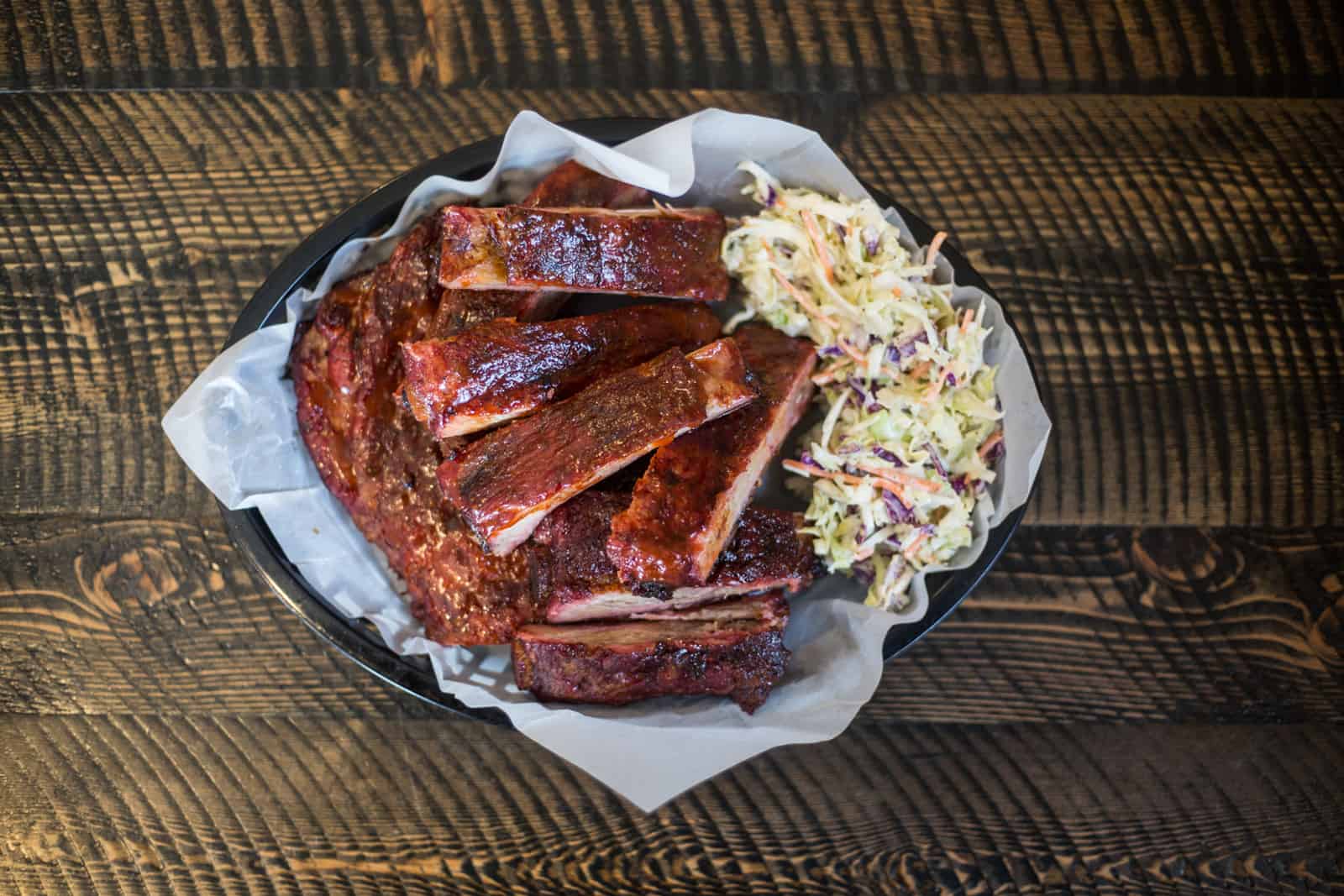
“You need your local following,” says Jacob. “Without it you can’t survive.”
That’s why the couple forgoes advertising and, instead, chooses to sponsor community-led activities on both sides of the hill. “We love sponsoring sports and school functions,” says Jacob. “It gives you a feel-good vibe that you are contributing.”
And it’s a feel-good vibe that goes both ways, as the same people they help out are also the ones that frequent this favorite stomping ground.
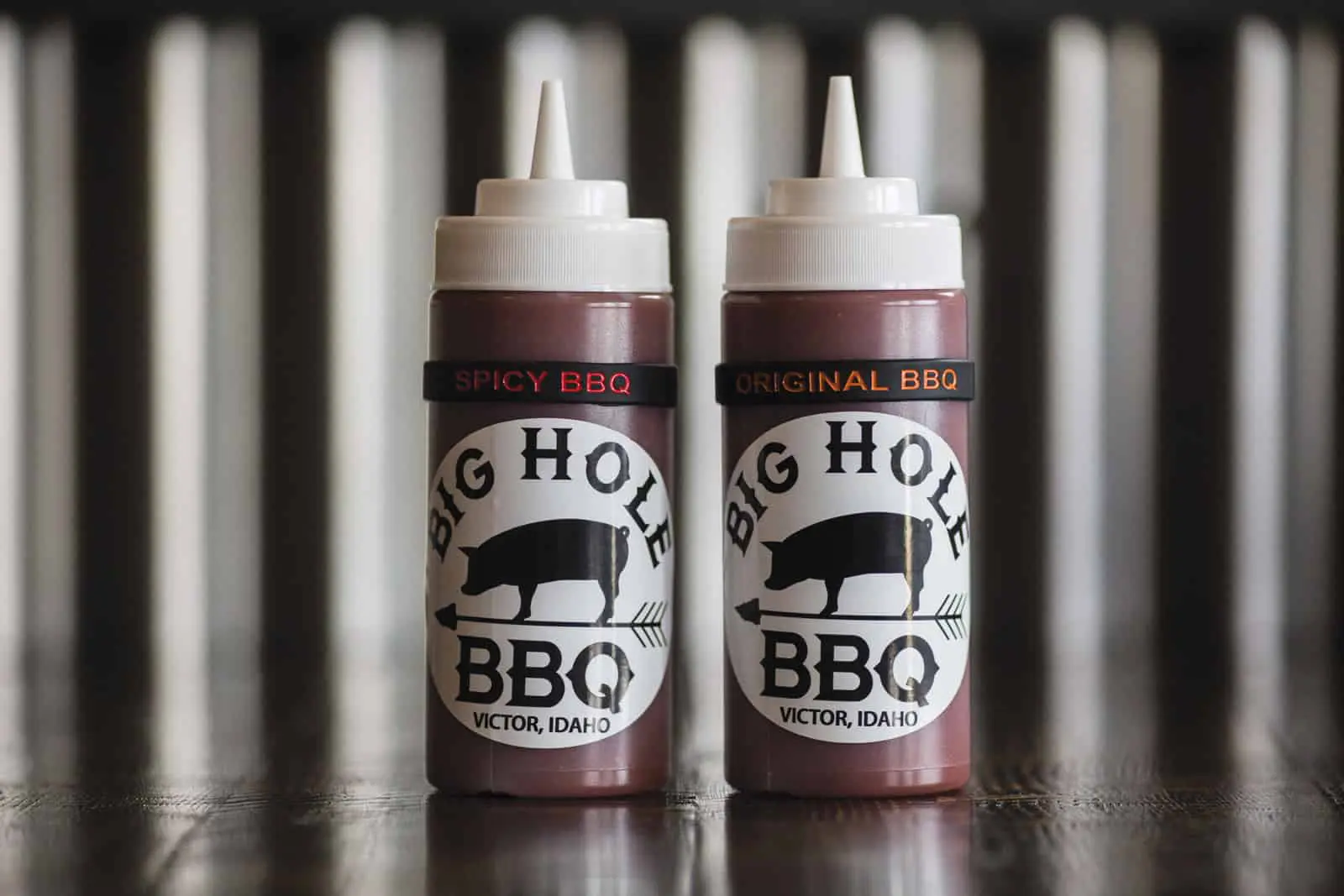
Big Hole’s Spicy Barbecue Sauce
—
1 cup ketchup
1 cup Coca-Cola
¼ cup apple cider vinegar
2 tablespoons brown sugar
2 tablespoons soy sauce
2 tablespoons yellow mustard
¼ teaspoon cayenne pepper
½ teaspoon cumin
½ teaspoon granulated garlic
½ teaspoon onion powder
- Combine the ingredients in a nonreactive saucepan and bring to a boil over medium heat.
- Reduce the heat slightly to a gentle simmer.
- Simmer the sauce until reduced by one quarter (about 6 to 8 minutes). Add water for desired consistency, if needed.
- Transfer the sauce to a clean jar and let cool at room temperature.
- Refrigerate until serving. The sauce will keep refrigerated for several months.

